Gardening is more than just a hobby—it’s a significant part of our economy, a growing trend among millennials, and a powerful tool for improving our mental and physical health.
Let’s dig into the global gardening statistics in 2024 to keep up with the market changes and explore many gardening benefits.
Demographic
To begin with our gardening statistics in 2024, let’s look into the incredible diversity of gardening practices across different demographics.
In the US, Statista’s 2023 survey found that Gen X and Boomers II show the highest level of interest in gardening and planting, with an impressive 32%.
The same survey also revealed the demographic data of Americans interested in gardening and planting:
15% of respondents from 18 to 29 years
23% of respondents aged 30-49 years
32% of participants between 50 to 64 years old
Source: Statista

When asked about their gardening intentions in 2024, 71.2% of Gen Z and 76.2% of Gen Y respondents said they plan to plant more and enlarge their gardens.
50.5% of respondents also reported that in 2024, they intend to increase the time spent in the garden, compared to 2023.
In 2023, 43% of respondents reported dedicating 50% to 100% more time to gardening compared to 2022.
The survey also asked respondents whether they plan to spend more money on gardening in 2024 compared to 2023. Their responses were as follows:
- Gen Z 43.4%
- Gen Y 55.8%
- Gen X 38.9%
Source: 2024 Axiom Gardening Outlook Survey
Interestingly, male gardeners become more popular than their female counterparts. According to Axioms’ 2023 report, 44.1% of male gardeners are likely to increase their spending on gardening compared to females, who indicated a planned increase of 32% in their gardening expenses.
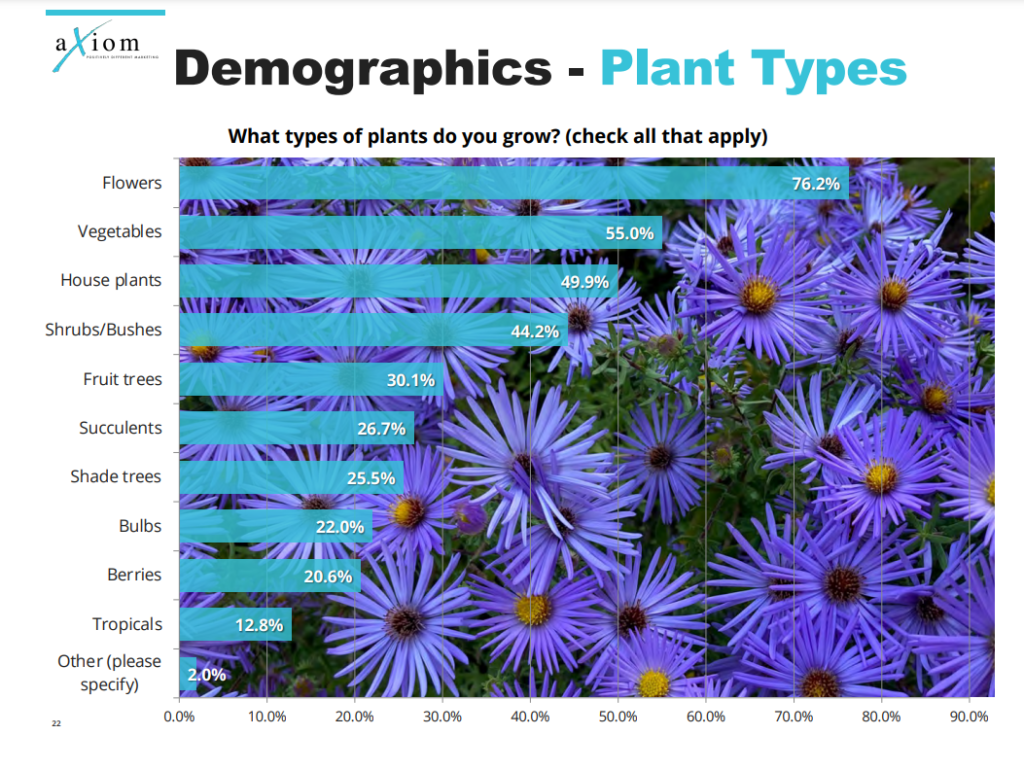
The same report also revealed that men tend to prefer growing plants from seeds, whereas women are more likely to buy fully grown plants from stores. And when asked about the type of plants they grow in their garden, 76.2% of participants said flowers, followed by vegetables with 55%.
Source: Axiom Market Insights 2023
Global Market Data
The lawn and garden worldwide market is booming worldwide as more and more people are investing in greener living. To continue our gardening statistics, let’s now explore global market data.
It is expected that the lawn and garden market will generate $350 billion in revenue in 2024.
According to Statista’s latest survey, the market will show an annual growth rate of 2.74% (CAGR 2024-2028).
In terms of the global market, the United States holds the trophy with an expected $133 billion in revenue. High-in-demand products in the US are organic fertilizers and eco-friendly gardening products.
Source: Statista
GM Insights reports that the lawn and garden equipment market is expected to increase by 6% CAGR from 2023 to 2032, reaching 97.7 Billion USD.
In North America alone, the lawn and garden equipment market is anticipated to surpass $38 Billion by 2032.
Source: GM Insights
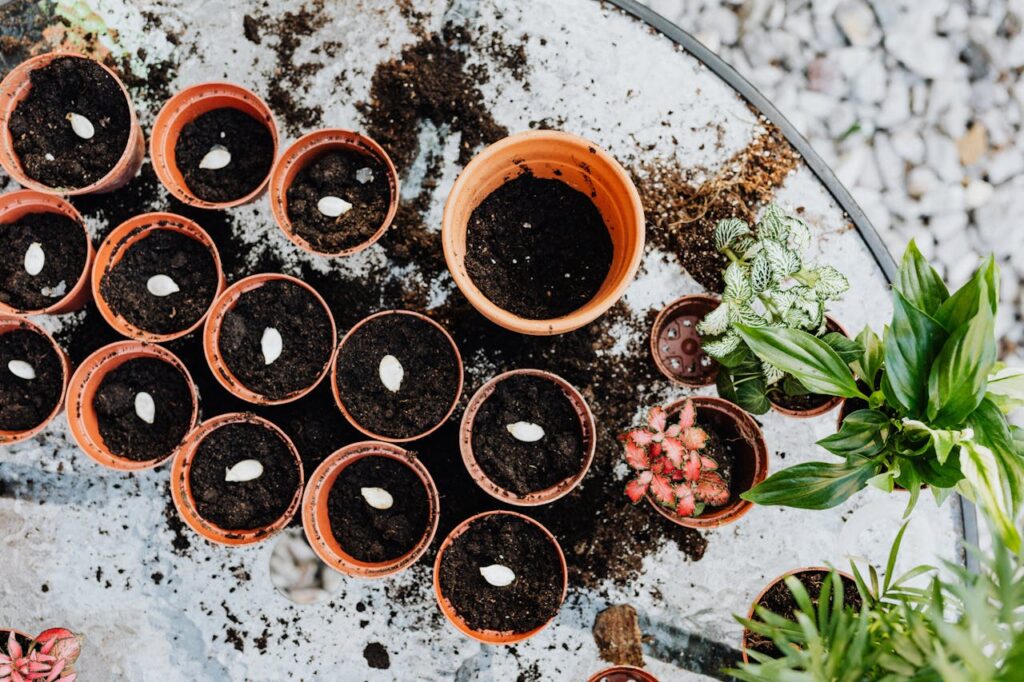
When it comes to choosing in-ground soil and potting soil for their garden, it seems high-quality potting soil is the gardeners’ favorite choice and data backs this up. GM Insights reveals that by 2032, the global market size of professional potting soil is projected to value $2.5 Billion.
Source: GM Insights
Curious to know where gardeners typically seek resources for successful gardening practices? According to the survey, local garden centers remain the top choice, with websites coming in next.
Source: 2024 Axiom Gardening Outlook Survey
The November edition of Garden Center Magazine revealed that garden centers’ spring 2023 sales of the respondents increased by 56% compared to spring 2022.
62% of respondents said that they had experienced an increase in working capital in the past 2 years.
The report also unveiled which crop had the biggest increase in production for the respondents’ greenhouses in 2023 to which they replied:
- 31% said perennials and
- 29% told Annuals/Bedding Color
Source: Garden Center Industry Report
Gardening Trends in 2024
Now, that we touched upon global gardening statistics, let’s learn about garden trends our beloved green thumbs are following and are projected to adopt in the future.
Respondents to Axiom’s 2024 Gardening Outlook, said their key projects in 2024 relevant to gardening include:
- #1: 57.6% of participants said their #1 project is to create planting in front of the house for curb appeal. For Gen X individuals this response reaches 61.4%
- #2: 44.1% said creating vegetable gardens as their #2 project.
- #3: 36.9% reported growing new kinds of veggies and fruits as their #3 project in 2024. For Gen Y participants this response increases to 45%.
In recent years, alternative gardening methods emerged besides traditional in-ground gardening. Increasingly, individuals are turning to in-pot planter varieties and raised garden bed ideas as practical solutions to save space and enjoy organically grown produce.
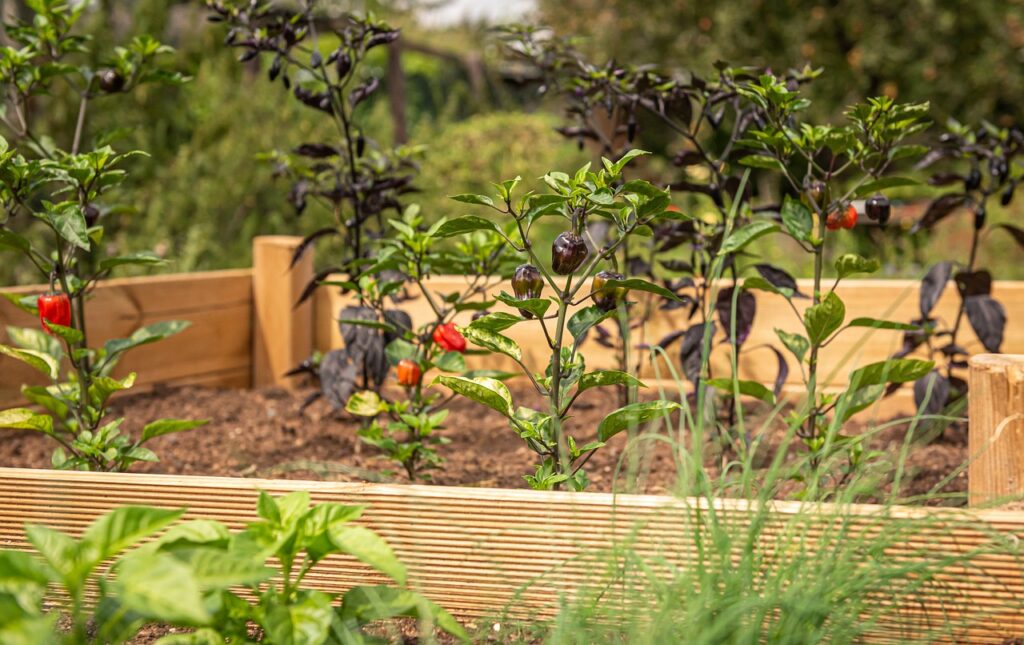
Respondents to the same survey were asked the type of garden they have in which the answers were:
- In-ground 66.6%
- Patio pot/Container garden 39.9%
- Raised Bed 30.7%
- Indoor Garden 14.2%
Source: 2024 Axiom Gardening Outlook Survey
Supported by the previously cited data, garden centers stand as the top preference for acquiring gardening resources. However, when it comes to purchasing products or services, 85% of individuals make a buying decision after seeing them reviewed on social media, Great Grow Along says. And 79% of people take gardening advice from online resources.
Source: Garden Trends Reports
Covid Impact
The COVID-19 pandemic has left its mark on every aspect of our lives, impacting various industries as well. However, gardening stood out as an exception, becoming the favorite pastime activity among millennials and Gen Z during COVID. Let’s unveil surprising gardening statistics that emerged amidst the lockdown.
The National Gardening Association’s study reported that in 2021, the number of new gardeners in the US amounted to 18.3 million. The majority of them were millennials demonstrating an impressive 63% increase and Gen Z with a 44% increase in rates.
Source: National Gardening Survey 2021
Several factors contributed to the increasing number of gardening interests during COVID-19 but the most significant factor is its benefits for mental health and stress relief.
The Pandemic Gardening Survey reports, 20% of Australians said they could not have made it through the pandemic without their garden.
Another 62% of respondents said their garden held significant importance to them during the pandemic.
The same survey also revealed the types of food respondents have grown during the pandemic:
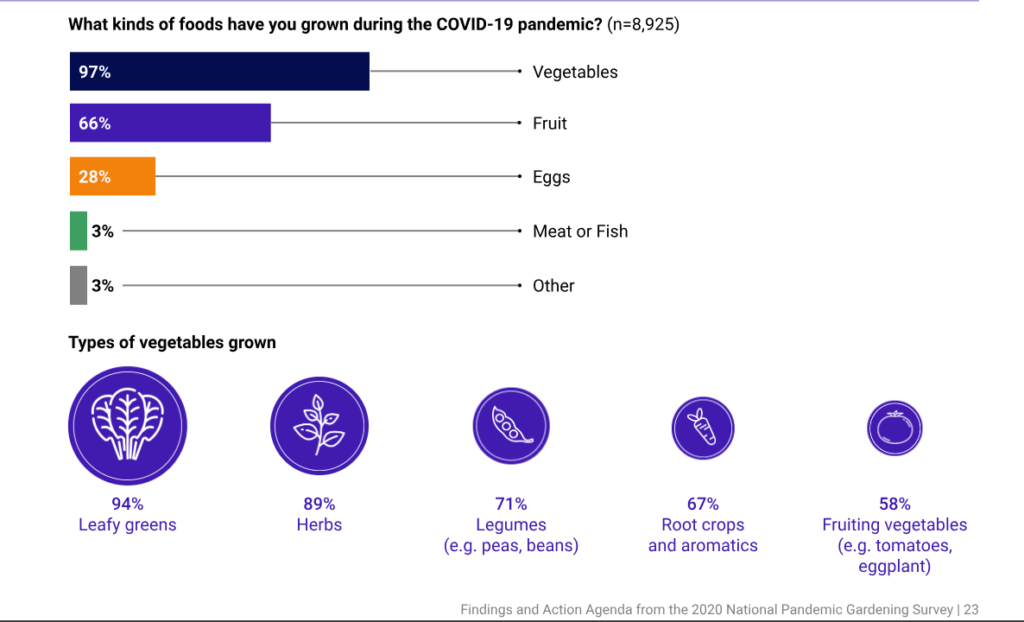
- 97% said veggies
- 66% of people said fruit
During the lockdown, gardening also became a means for Australians to share abundance. The survey revealed what individuals did with the food they grew in 2020, with the responses as follows:
- 93% ate immediately within the household
- 74% shared the food with family and friends
- 3% donated for emergency food relief
72% of respondents in the same survey also said that gardening greatly or significantly improves their mental health. Interestingly enough, the age group that mostly strongly expressed the link between gardening and mental health was 18-24 year olds.
Source: Pandemic Gardening Survey
In the upcoming paragraph, we’ll delve deeper into less-known gardening benefits. So, keep on reading to learn more!
Gardening Benefits
Many scientific studies have shown that spending time in lush greenery and nature has a significant positive impact on our mental well-being. What is the scientific explanation beyond this?
A research study by Cornell University reveals that a beneficial bacterium in the soil can make us happy. This type of bacterium called Mycobacterium vaccae induces the release of serotonin, resulting in improved mood and reduced anxiety.
Source: Cornell CALS Research

Gardening and reading have also proven to be effective in decreasing cortisol levels. Additionally, the positive restoration of the mood was confirmed in the experiment. This concludes the evidence that gardening can effectively alleviate acute stress.
Source: Gardening promotes neuroendocrine and affective restoration from stress
Gardening Benefits for Seniors
Gardening can also be incredibly healthy for older people because it requires regular and consistent care. This is a beneficial activity for older adults as it provides increased physical activity which can help prevent osteoporosis, and reduce the risk of some cancers, Type 2 diabetes, depression, and heart disease.
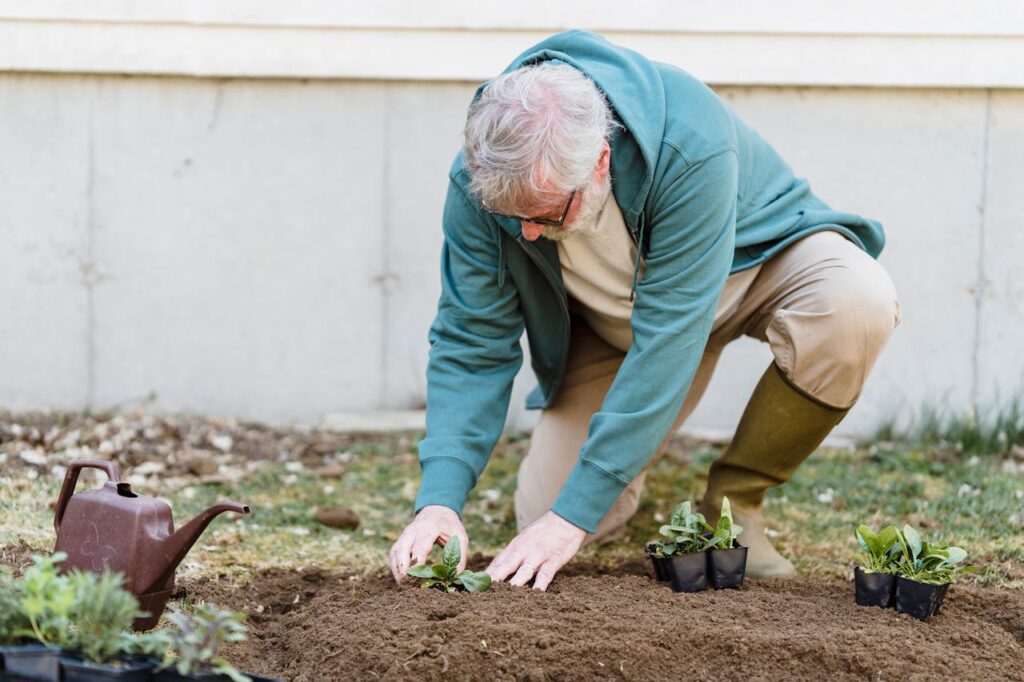
Among older adults, recalling memories of past gardens, evoked by touch or scent while in a present garden, has the potential to cultivate feelings of well-being. This notion resonates with ‘nostalgia’ literature, suggesting that such reminiscences infuse life with significance and a sense of personal continuity. By recreating past experiences and relational connections, seniors bridge the gap between the past and the present.
Source: Positive aging benefits of home and community gardening activities
To wrap it Up
Delving into the realm of gardening statistics and benefits has illuminated the profound impact this age-old practice has on individuals, communities, and the environment.
Let us not forget that amidst the numbers and figures lies a deeper truth. Gardening is a source of solace, connection, and renewal. It’s a testament to our innate bond with nature and our capacity to nurture life in all its forms.
Happy Gardening Everyone!
